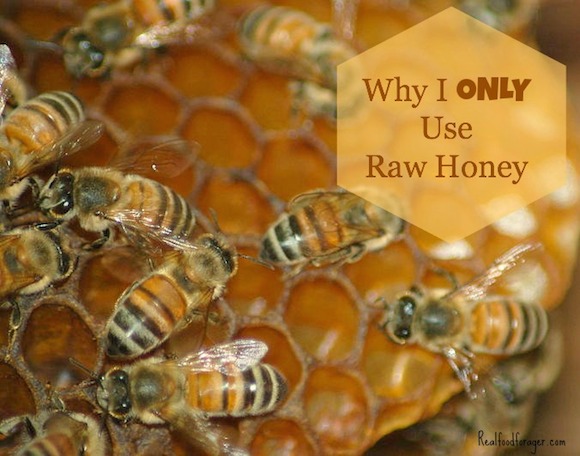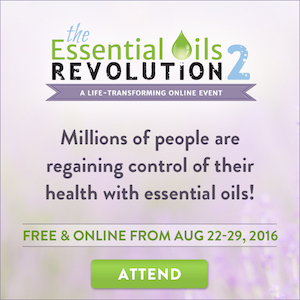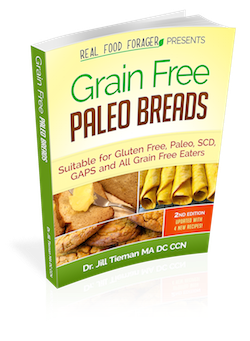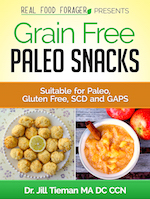Traditionally honey has been used for many applications other than just as a sweetener. A common use for honey is as an anti-bacterial for wound healing. However, your conventional store bought honey won’t work – for these two reasons.
Go to your grocery store and you will see many cute (plastic) bottles of honey that are labeled pure honey. In most cases this is seriously misleading. There is nothing pure about most grocery store honey.
Conventional Honey is Adulterated
Several years ago it was uncovered that most of the conventional honey available in the stores is not even real honey.
Shocking right?
They found that much of the honey (especially honey coming from China) had the pollen removed so that it’s origin could not be identified. In some cases it wasn’t even real honey! What was added instead?
High fructose corn syrup!
Right. So the honey from large companies is most likely very little honey from bees and mainly high fructose corn syrup which has been shown to be toxic to the liver and contributing to the increasing incidence of non-alcoholic fatty liver disease in children.
Additionally, high fructose corn syrup is made from genetically modified corn. That means it is full of glyphosate – an extremely toxic substance to the soil and to humans.
You don’t want to be eating high fructose corn syrup.
Conventional Honey is Heated
Ordinary honey is heated to remove any bacteria. As usual, this is the opposite of what should be done. It is precisely the bacteria that make honey so valuable.
Heating or pasteurizing the honey to make it safe (questionably) destroys all the bacteria and the enzymes that make local raw honey such a potent tool for human healing.
Similar to heating or pasteurizing raw milk – this destroys the very substances that make it a living food.
New Study Uses Raw Honey for Wound Healing
Scientists at the Medical Microbiology department at Lund University, Sweden, are studying honey and bees for wound healing.
Interestingly, they found 13 strains of lactic acid bacteria in the stomachs of bees. They postulate, the main reason that unadulterated honey (raw) is such a powerful, broad spectrum anti-bacterial substance, is precisely due to these living bacteria.
While the effect on humans has only been tested in a lab environment thus far, the lactic acid bacteria have been applied directly to horses with persistent wounds. They mixed lactic acid bacteria with honey (conventional) and applied it to ten horses who were suffering from treatment resistant wounds. All of the horses’ wounds were healed by the mixture.
Dr. Tobias Olofsson explains,
Antibiotics are mostly one active substance, effective against only a narrow spectrum of bacteria. When used alive, these 13 lactic acid bacteria produce the right kind of antimicrobial compounds as needed, depending on the threat. It seems to have worked well for millions of years of protecting bees’ health and honey against other harmful microorganisms. However, since store-bought honey doesn’t contain the living lactic acid bacteria, many of its unique properties have been lost in recent times.
While this is a tiny study population in animals, it still reinforces what we have known for thousands of years – raw honey is a live and potent healing food, and lactic acid bacteria are our friends.
Importantly, the researchers also found the honey to be effective against methicillin-resistant Staphylococcus aureus (MRSA), Pseudomonas aeruginosa and vancomycin-resistant Enterococcus (VRE), among others – in the lab.
Wow. That is certainly powerful medicine! I’m keeping raw honey around in my natural medicine tool kit!
While these researchers are studying the lactic acid bacteria, they will, hopefully, also study the enzymes that are present in raw honey that are also part of the dynamic medicinal effects of raw honey.
When honey is processed or adulterated in any way, it loses its healing capacity.
Local Raw Honey for Allergies
Another use for raw honey is to treat allergies. However, the honey must be local and raw, because the pollen in the honey has to be from local trees in order to be an effective treatment.
Take 1 – 2 teaspoons of local raw honey a day during allergy season to get relief.
Other Uses for Raw Honey
Raw honey is a potent anti-microbial that can be applied to many skin conditions such as sores, infections, dry skin and eczema. Raw honey can be mixed with warm water to sooth a sore throat. It can be used as a relaxing facial and as a spot treatment for acne.
The best place to source raw honey is from a local beekeeper who you trust. However, there are some great companies that sell raw honey.
While I do use honey for baking and that will heat it up, I also make a point of adding it separately in jams and condiments, after things have cooled off, in order to preserve the beneficial bacteria and enzymes.
Don’t you just love honeybees?
Have you had success using raw honey for an ailment? Share your story in the comments below!
Where to buy raw honey: Here and Here
Related articles
- Change your Microbiome — Change Your Health!
- 3 Reasons to Choose Lacto-Fermentation Over Canning
- Old Friends: The Hygiene Hypothesis
- Tell EPA to Stop Killing Bees!















